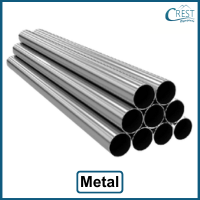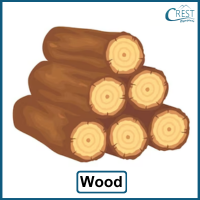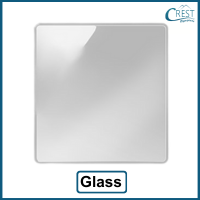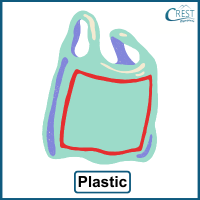1. Consider the following statements and choose the correct option:
Statement I: Phases of the moon are periodic changes.
Statement II: Earthquakes are non-periodic changes.
a) Statement I is correct but statement II is incorrect.
b) Statement I is incorrect but statement II is correct.
c) Both statements are correct.
d) Both statements are incorrect.
Answer: c) Phases of the moon occur in a regular and repeating pattern, making them periodic changes. Earthquakes, on the other hand, are non-periodic changes because they do not occur at regular intervals and their timing and intensity are unpredictable.
2. To understand the properties of water, a student filled two identical containers with water. One container was kept at room temperature, and the other was placed in the freezer. After some time, the student observed that the container in the fridge cracked. What can be concluded from this observation?
a) Water contracts when it freezes.
b) Water expands when it freezes.
c) The containers were not suitable to carry out the experiment.
d) Water cannot freeze in a container.
Answer: b) The observation that the container in the freezer cracked indicates that the water expanded upon freezing. Unlike most substances, water expands when it freezes. This expansion can exert pressure on the container, causing it to crack or break. This property of water is known as "anomalous expansion".
3. To demonstrate the expansion of a substance upon heating, which material can be used?
a) 
b) 
c) 
d) 
Answer: a) When we heat certain materials, they tend to expand. One material that can be used to demonstrate this expansion property is metal. Metals have the ability to expand significantly when heated.
4. Fill in the blank:
When a candle burns, it is an example of a __________ change.
a) physical and reversible
b) physical and irreversible
c) chemical and reversible
d) chemical and irreversible
Answer: d) When a candle burns, it undergoes a chemical change because the wax reacts with oxygen in the air to produce heat, light, and various gases. This change is irreversible because the original wax cannot be easily recovered or converted back into its original form.
5. Match the following types of changes with their descriptions.
|
Column I
|
Column II
|
|
1. Exothermic change
|
A) Absorption of heat
|
|
2. Endothermic change
|
B) Changes that do not repeat at regular intervals of time
|
|
3. Periodic change
|
C) Release of heat in the environment
|
|
4. Non-periodic change
|
D) Changes that repeat at regular intervals of time
|
a) 1:C, 2:A, 3:B, 4:D
b) 1:A, 2:C, 3:B, 4:D
c) 1:C, 2:A, 3:D, 4:B
d) 1:A, 2:C, 3:D, 4:B
Answer: c) Exothermic change: Release of heat in the environment
Endothermic change: Absorption of heat
Periodic change: Changes that repeat at regular intervals of time
Non-periodic change: Changes that do not repeat at regular intervals of time





